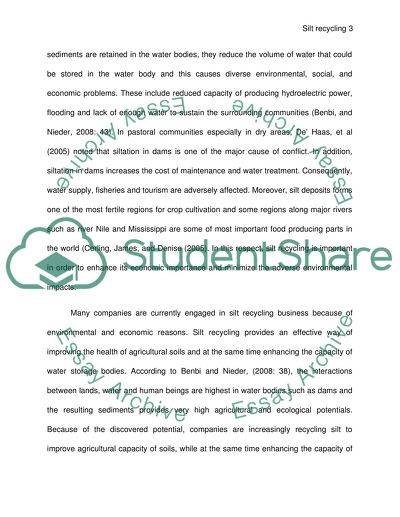Cite this document
(“Silt recycling companies Research Paper Example | Topics and Well Written Essays - 2500 words”, n.d.)
Retrieved from https://studentshare.org/family-consumer-science/1411571-silt-recycling-companies
Retrieved from https://studentshare.org/family-consumer-science/1411571-silt-recycling-companies
(Silt Recycling Companies Research Paper Example | Topics and Well Written Essays - 2500 Words)
https://studentshare.org/family-consumer-science/1411571-silt-recycling-companies.
https://studentshare.org/family-consumer-science/1411571-silt-recycling-companies.
“Silt Recycling Companies Research Paper Example | Topics and Well Written Essays - 2500 Words”, n.d. https://studentshare.org/family-consumer-science/1411571-silt-recycling-companies.


